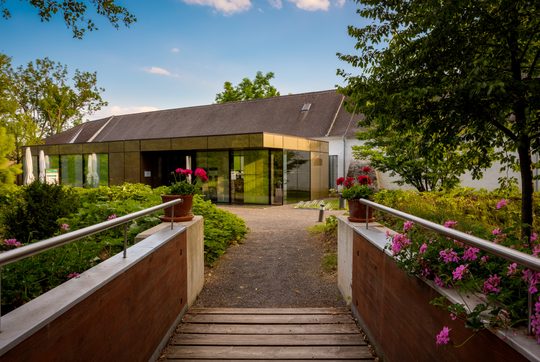1920er Kopie
The Palace of Lackenbach was first mentioned in 1553 in the purchase contract transferring the domain of Landsee to Miklós Oláh, Archbishop of Gran. The stately home not only served economic and administrative purposes, but its situation on level ground also offered more amenable living conditions than the nearby castle of Landsee, with its military orientation.
Count Nicholas (Miklós) Esterházy’s (1583-1645) marriage to Ursula Dersfy, the heiress of Archbishop Oláh, transferred the domain of Lackenbach/Landsee into the hands of the ambitious young aristocrat in 1612. Lackenbach Palace was the main Esterházy residence until 1628, and when Nicholas was invested with the office of Palatine in 1625, it also became the seat of the Hungarian Viceroy.
In 1620, the palace was the scene of a pivotal event in the family’s history and in politics – the Battle of Lackenbach: during the course of the conflict between the Imperial troops and the Transylvanian prince Gabor Bethlen, the latter’s troops also entered the domains of Nicholas Esterházy, who was besieged along with his men in Lackenbach Palace; although Imperial relief troops and the courageous countrymen of Neckenmarkt came to his aid, in the end it was the dauntless sortie ventured by Nicholas, true ally of the Habsburgs, which broke and ended the siege.
The palace architecture follows the Renaissance concept of a symmetrical cleavage of the landscape. This is still manifest in the lines of the terrain, avenues, hedges, ditches, paths and the surrounding walls and arrangement of the trees in the orchards.
Its state of preservation is unique for a Renaissance complex; this also true of the orchard meadow with ancient and very rare fruit trees of the nineteenth century and the seventeenth-century “Königshügel” – The King’s Hill – formed of heaped-up earth.





